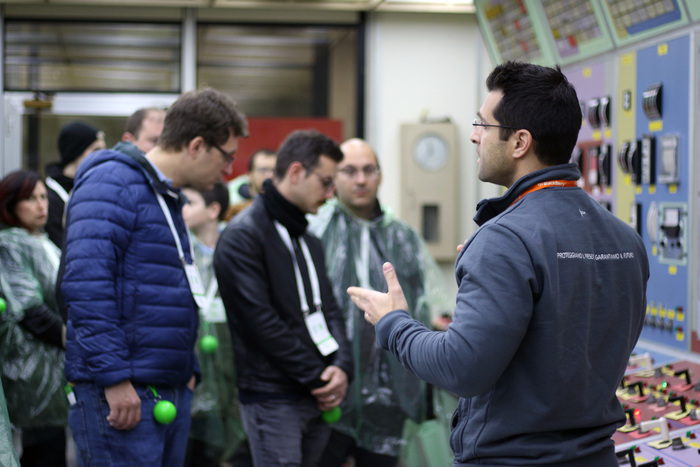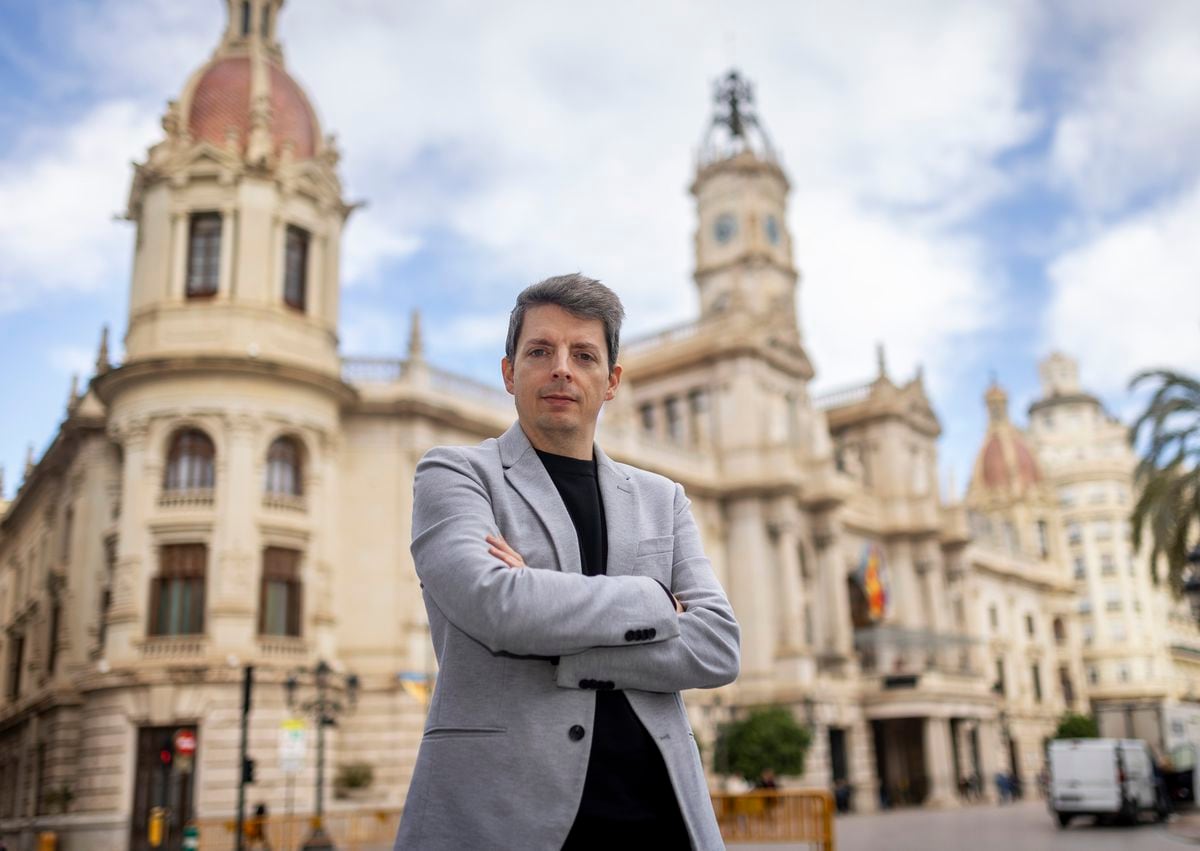Icon: enlarge
Measurement on a source container (archive image)
Photo: Ronald Wittek / dpa
Work was carried out in secret for three years, now it's getting concrete: This Monday the Federal Association for Final Storage (BGE) wants to announce which areas are basically suitable for a nuclear waste repository.
It is already becoming apparent that many citizens in Germany will be affected.
The BGE itself speaks of a "high double-digit number" of these so-called sub-areas.
A rough, preliminary analysis from 2016 calculated around 20 million people affected.
How were the sub-areas selected?
Which nuclear waste should be stored?
And how does the search continue?
Answers to the most important questions.
How does the repository search work?
After the failure of Gorleben as a nuclear waste repository, the Union, the SPD and the Greens decided in 2013 to restart the search for a repository.
It is based on the principle of the "white map", according to which no place should be excluded from the outset.
After the general agreement, it took another four years for the search criteria to be worked out and enshrined in law.
The BGE, a federally owned company, has been responsible for the search since 2017.
It takes place in three phases.
Gorleben is treated in the same way as any other place.
In phase one, which has been running since 2017, the BGE evaluates existing geodata in order to exclude unsuitable areas from the outset.
The sub-areas that will be published on this Monday as an interim result remain.
So-called location regions, which appear favorable for storage, are then distilled from these.
In phase two, the BGE explores these regions above ground.
This further narrows the selection, leaving at least two locations.
In the third phase, BGE is building mines there in order to explore the underground locations.
After completion of phase three, the repository location should be determined - according to the law, the location with the "best possible security" for a period of one million years.
The Bundestag and the Bundesrat must confirm the results of each phase.
Such a repository is to be found by 2031, and the first nuclear waste containers are to be stored in 2050.
Which nuclear waste should be stored?
Castor transport (archive image)
Photo: KAI PFAFFENBACH / REUTERS
Initially, it concerns around 27,000 cubic meters of medium and high-level radioactive waste.
For size comparison: large oil tankers can transport around 500,000 cubic meters.
The 27,000 cubic meters produce 99 percent of the radioactivity of all German nuclear waste, generating a large amount of heat that the repository has to dissipate.
These are, for example, old fuel elements from research reactors and nuclear power plants.
Once a location has been found, it should also be checked whether it is also suitable for low- and medium-level radioactive waste.
That would be another 320,000 cubic meters.
These come from uranium enrichment and the Asse mine.
How were the sub-areas selected?
The BGE has examined the salt, clay and granite deposits all over Germany on the basis of existing geological data.
These were evaluated according to the criteria in the so-called Site Selection Act.
These are:
Six exclusion criteria.
If, for example, there is earthquake, volcanism or old mines in a region, these are excluded from the process.
Five minimum requirements.
For example, the rock formation must be at least 300 meters deep and large enough to house a repository.
More than a dozen criteria to weigh up.
On the basis of this, rock formations are divided into the categories "favorable", "conditionally favorable" and "less favorable" - but they are not automatically excluded from the process if they fall into the worst category.
With these criteria, for example, the groundwater flow is examined or how well a formation shields radioactivity.
What can those affected do?
The BGE has announced that it will provide extensive information on the sub-areas on its website.
There should be a profile for each sub-area, and some of the geological data on which the decision is based should also be published.
In mid-October the so-called specialist conference sub-areas begins, in which all interested parties can participate.
Entries made there must be "taken into account" by the UBI, as the law says - but that does not mean that demands or criticism must be implemented.
Anti-nuclear power protest (archive image)
Photo: JOHANNES EISELE / AFP
Affected citizens can also contact the national advisory committee.
There are 18 volunteers from science and society who are supposed to critically accompany the search for a repository and can view the files at the BGE.
The anti-atomic power organizations BUND and broadcast - together against atomic energy have set up information pages to search for a location;
How much support does the procedure have?
That depends on who you ask.
"The process was developed jointly by politics, civil society and science in the repository commission," says the Greens MP Sylvia Kotting-Uhl, who was instrumental in forging the compromise.
The process is "unique in the world with its extensive participation, verifiability and transparency".
The law was passed in the Bundestag and Bundesrat with a large majority of the Union, the SPD and the Greens, but no significant anti-nuclear organization has approved the compromise on the search for a repository.
BUND and .ausgestraetzt criticize the lack of transparency as well as too little time and too little commitment in public participation.
"It must be transparent, the public must be involved in all issues," said BUND chairman Olaf Bandt.
"The past teaches that decisions without solid public participation are doomed to failure."
more on the subject
Icon: Spiegel Plus Possible regions for nuclear waste disposal: Where is the next Gorleben threatened? By Philipp Seibt
Shining legacy: what, how much and where with it - the German nuclear waste balance by Philipp Seibt
There is also criticism of the process from politics - most clearly from Bavaria.
The Bavarian Environment Minister Thorsten Glauber (Free Voters) had completely questioned the procedure in SPIEGEL.
"This process will cause unrest in Germany for decades and cost billions," said Glauber.
"With Gorleben we already have a well-explored site for a safe and almost turnkey repository."
A failure of the procedure is considered possible.
The publication of the sub-areas should now show whether questions, anger and fears of the population can be absorbed - or whether new protests are threatened.
Icon: The mirror









